Reducing chemical consumption and improving energy efficiency are key to optimizing the environmental performance of valorization technologies
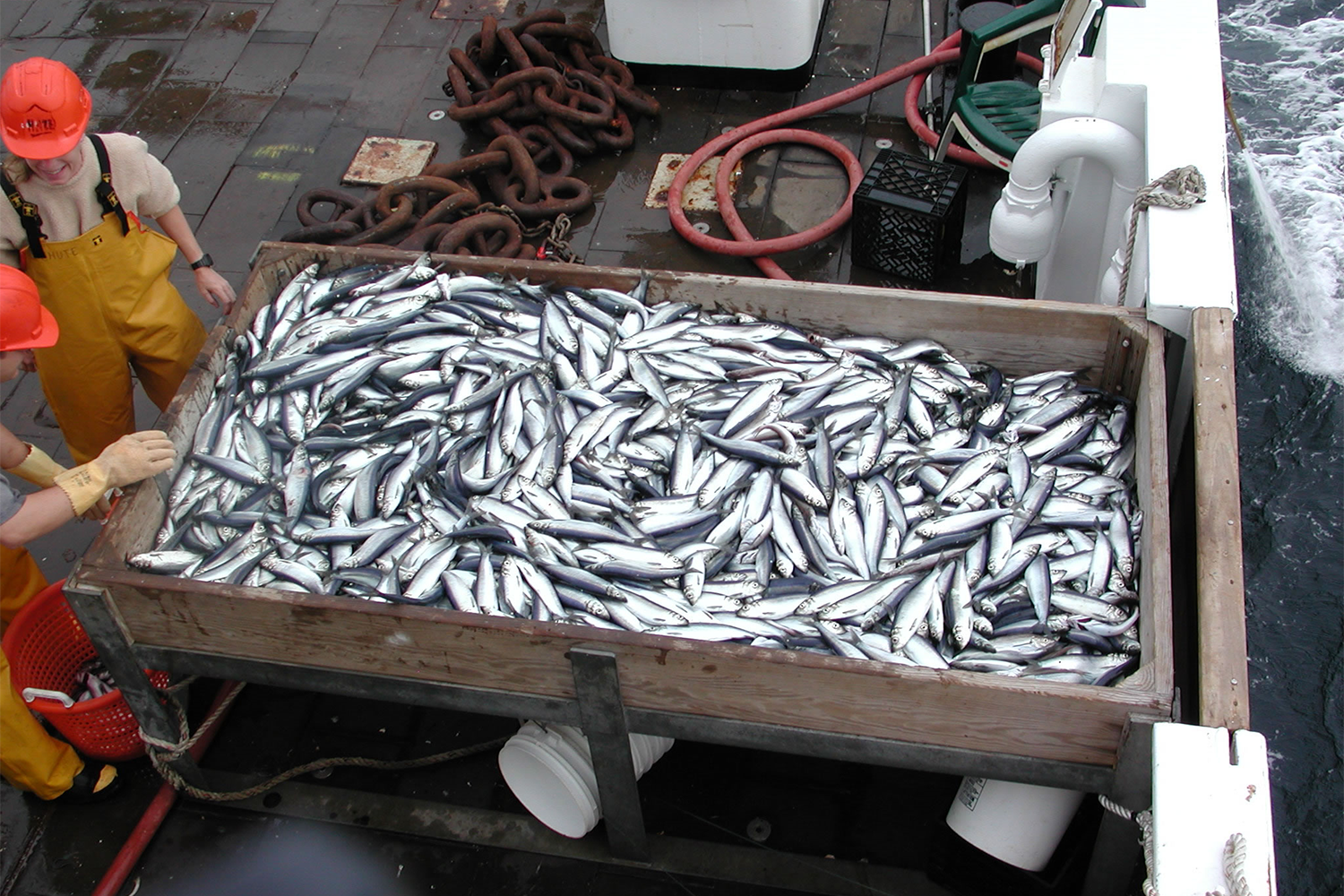
The fisheries sector globally generates a large volume of side-streams which usually leave the food chain and, in worse cases, are treated as waste and are disposed of. Various studies show that 20–80 percent of the fish weight ends up as side-streams depending on the fish species and processing technology. Side-streams comprise a variety of cuts that are not primarily consumed in regions like Europe, such as heads, tails, skins and bones. Considering both environmental consequences and economic losses, the large volumes of side-streams generated create a substantial concern for the sustainability of the sector. Valorizing side-streams offers dual benefits of mitigating environmental impacts and generating economic contributions. Innovative solutions are required in this field to maximize the utilization of fish side-streams.
The WaSeaBi project, funded by the Bio-based Industries Joint Undertaking (JU) under the European Union’s Horizon 2020 research and innovation programme, aims to promote sustainability in the utilization of aquatic resources. It focuses on developing efficient and sustainable storage solutions, developing and upscaling technologies for the conversion of side-streams to food and feed ingredients, and developing decision-making tools for side-streams from the fisheries and aquaculture sectors. The main objective is to improve the market value of side-stream products.
This article – summarized from the original publication (Cadena, E. et al. 2024. Valorisation of Seafood Side-Streams through the Design of New Holistic Value Chains: WaSeaBi Project. Sustainability 2024, 16(5), 1846) – discusses the results, lessons learned, and the successes and challenges of the project. The outcomes of this report will be of value for decision-making activities in the seafood sector.
For a detailed description of the project; its goals and approaches; selected valorization technologies (including pH-shift processing, flocculation, membrane concentration, and enzymatic hydrolysis); and other aspects of this research, refer to the original publication.

Optimizing the possibilities to use fish side-streams by sorting and antioxidant treatments
In the herring industry, solid side-streams from the filleting operation currently end up in one bin, which means that cleaner parts such as the backbones can become contaminated with blood, enzymes, and fat from, e.g., heads or intestines. Also, it prevents optimal use of each fish cut based on its unique composition. In the WaSeaBi project, one example activity is the rebuilding of a filleting line to allow sorting of the herring side-streams into four clean fractions: heads, tails, backbones, and intestines and belly flaps were evaluated. A long series of measurements was conducted based on five samplings of the mentioned four fractions plus fillet and unsorted mixed side-streams spread out over the spring and autumn season. For example, measurements included size distribution, profiles of macro- and micronutrients, microbial stability, total volatile basic nitrogen (TVB-N), and oxidative stability were followed. Overall, the side-streams contributed up to 60 percent of the fish weight, with the heads and backbones being the dominating parts.
For macro- and micronutrients of the individual fractions, the season also played a big role, particularly for total lipid content. As expected, the viscera plus belly flap were the most lipid-rich (up to around 18 percent) and thus also the richest in omega-3 fatty acids. At the most, omega-3 fatty acids contributed to more than 44 percent of the total fatty acids in the lipids. Proteins were most concentrated in backbones, viscera plus belly flap, and fillet parts, since these had no or a low proportion of bones, which “dilutes” the proteins with ash.
Regarding microbial stability, fractions with the presence of skin, such as the tail, fillet and head, showed the fastest microbial growth, while the viscera plus belly flap was surprisingly the most stable fraction, followed by the backbone. With respect to lipid oxidation, this was monitored during ice storage after grinding of the different individual fractions and unsorted side-streams from two seasons.
Environmental sustainability of the technologies
Valorization of side-streams reduces the reliance on conventional disposal methods. Nevertheless, to ensure the long-term sustainability of the valorization technologies, comprehensive environmental analyses are needed. In this context, the lifecycle assessment (LCA; a comprehensive methodology used to evaluate the environmental impacts of a product, process, or service throughout its entire lifecycle) methodology was applied to the technologies defined within the project based on data collected from industrial and research partners at a pilot scale.
Overall, the sustainability assessment conducted through LCA for the technologies developed in the WaSeaBi project has provided valuable insights into the environmental impacts of the defined value chains. The insights and recommendations provided serve as a guideline for ongoing improvements, ensuring that sustainability remains a guiding principle.
Decision-making tools
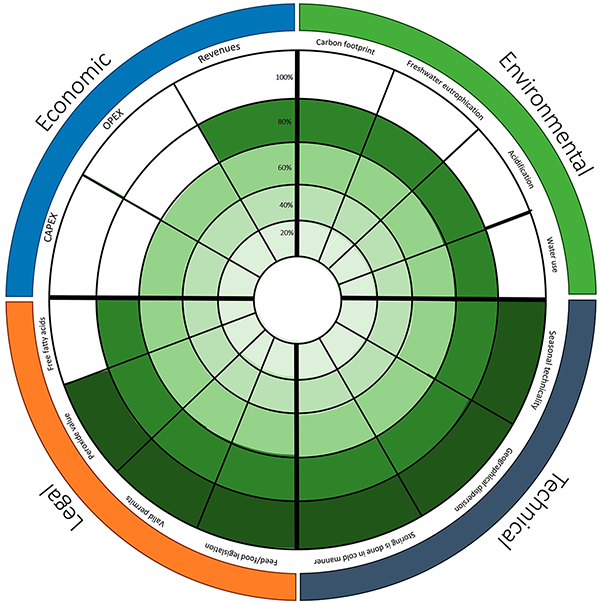
Decision-making tools were developed to help select and build the most appropriate valorization strategies, considering technical, legal, economic and environmental aspects. Environmental sustainability was assessed through life cycle assessment, which highlighted the factors that contribute most to the environmental impact of each technology.
The WaSeaBi project has developed two innovative tools to optimize the use of side-streams and improve value chains within the seafood industry. The first helps stakeholders select the most appropriate valorization strategy for their side-streams by evaluating options according to legal, technical, economic, and environmental criteria using a structured decision analysis methodology. The second tool, the value chain navigator, assesses the performance of different value chains by examining them through detailed technical, legal, economic and environmental lenses, each with specific criteria, to facilitate informed decision making and improve overall sustainability and efficiency. Together, these tools enable producers to make data-driven decisions that align with regulatory standards and sustainability goals.
Perspectives
The valorization of seafood side-streams has the potential to improve the sustainability and profitability of the global fisheries and aquaculture industry. While challenges remain, innovative projects such as WaSeaBi pave the way for a more sustainable and economically profitable use of aquatic resources. This report provides valuable insights into these efforts.
The project developed important techniques for side-stream sorting and stabilization, both of which largely increase the chances for successful valorization into, for example, protein-enriched ingredients. For instance, sorted herring and cod fractions were shown to be particularly promising for value addition, especially after dipping in an antioxidant solution containing rosemary extract. In general, sorting revealed double advantages, for example, it prevented contamination of pro-oxidants from one part to the other, but also that it allowed optimal use of each single fraction based on its precise nutrient profile.
The WaSeaBi project also employed several technologies – including pH-shift processing, enzymatic hydrolysis, membrane concentration, and flocculation with centrifugation – to valorize seafood side-streams, both without and with sorting and stabilization as pre-steps. Notable findings include, e.g., the importance of processing species, raw material pre-stabilization, and side-stream fraction selection for optimal yield in the pH-shift method.
Also, the potential for the production of commercial food and nutraceutical products by enzymatic hydrolysis was shown, as well as the dual benefits of membrane concentration for the recovery of biomolecules and the reduction of environmental impact. The potential for reducing organic and chemical loads in effluent by flocculation with centrifugation – with the possibility of reusing recovered proteins and phosphorus for uses such as food or feed – was revealed. The WaSeaBi project not only demonstrates innovative ways to valorize side-streams but also provides a structural framework for industry stakeholders to make more efficient decisions.
These combined efforts are vital to move the fisheries and aquaculture industry towards more sustainable practices. Future projects could focus on overcoming technological and infrastructural barriers to the valorization of secondary flows, while promoting strategies to increase market demand.
Now that you've reached the end of the article ...
… please consider supporting GSA’s mission to advance responsible seafood practices through education, advocacy and third-party assurances. The Advocate aims to document the evolution of responsible seafood practices and share the expansive knowledge of our vast network of contributors.
By becoming a Global Seafood Alliance member, you’re ensuring that all of the pre-competitive work we do through member benefits, resources and events can continue. Individual membership costs just $50 a year.
Not a GSA member? Join us.
Author
-
Dr. Charlotte Jacobsen
Corresponding author
DTU Food, National Food Institute, Technical University of Denmark, 2800 Kongens Lyngby, Denmark
Related Posts
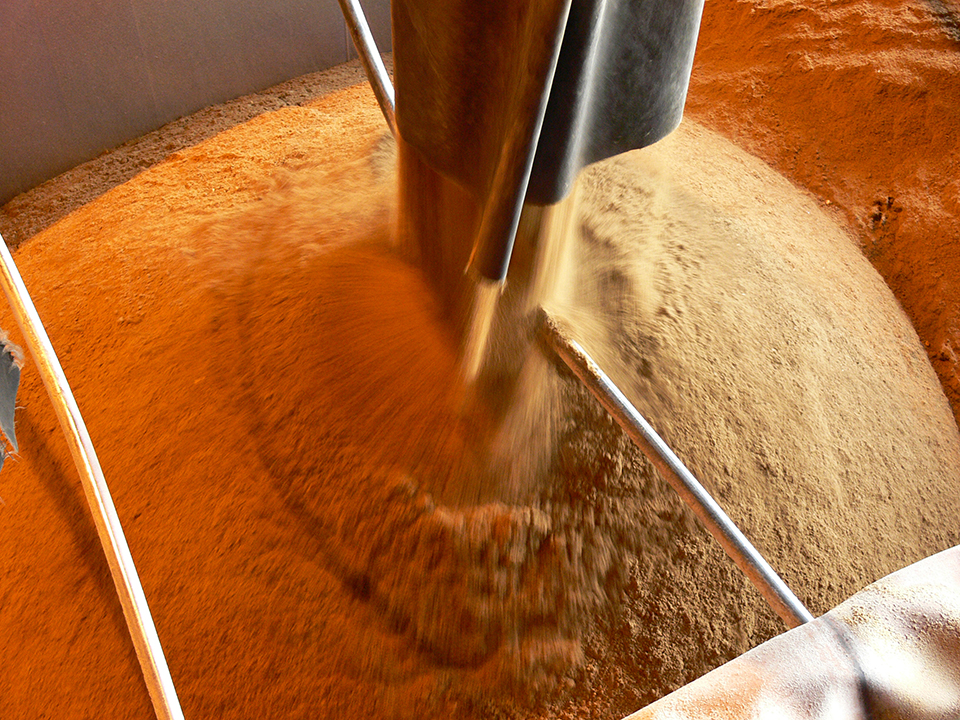
Aquafeeds
Animal byproducts can provide cholesterol for shrimp feed
Animal byproducts like blood meal, meat and bone meal and other rendered products are good sources of cholesterol for use in aquaculture feed.
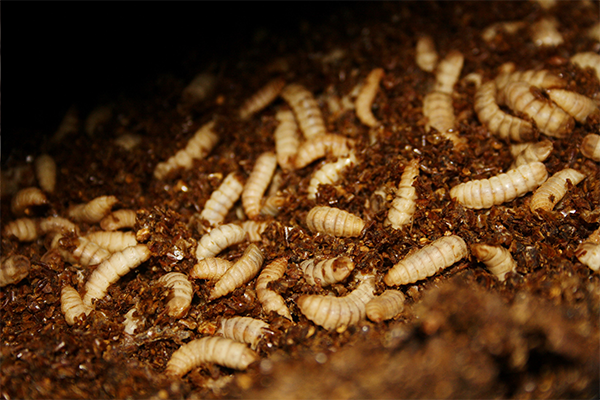
Aquafeeds
Black soldier fly larvae meal producers get innovative, collaborative
After years of R&D, black soldier fly larvae meal is now seen as a feed ingredient that is en route to widespread industry adoption.
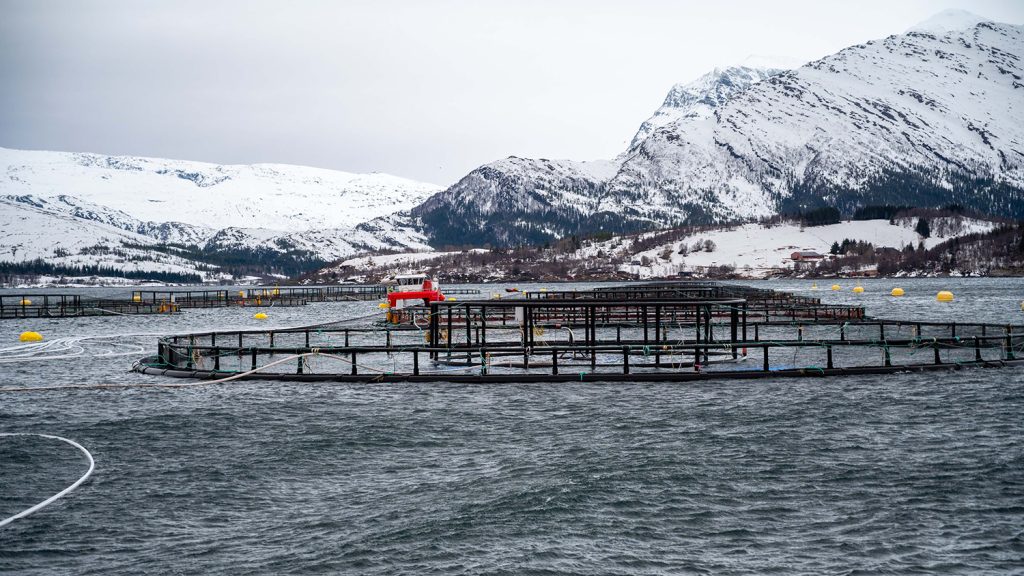
Responsibility
‘Why not make an entire pen?’ Aquaculture equipment company putting recycled plastic to the strength test
Aquaculture equipment specialist AKVA group and collaborators are building the world’s first aquaculture pens made entirely from recycled plastic.
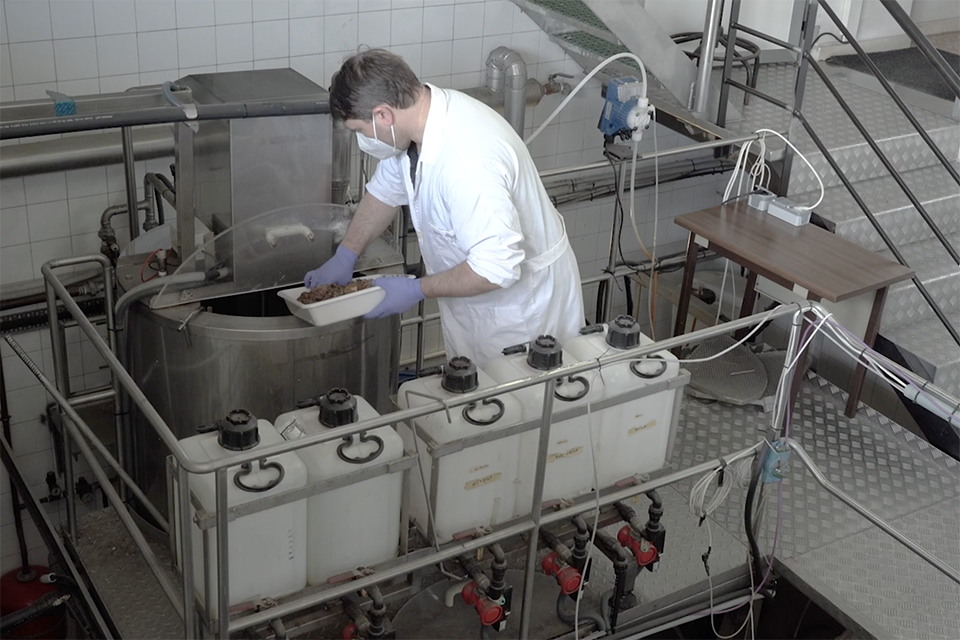
Responsibility
Circular economy: Hydrolysates of aquaculture byproducts as feed
In the latest GAIN article, fish scraps can be transformed into fish protein hydrolysates as a high-nutrient value addition to aquafeeds.



